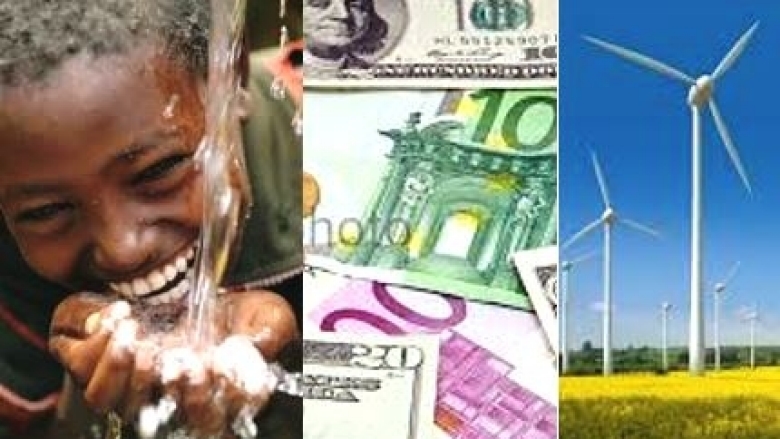International financial markets have changed substantially over the last decade. Reversing their large expansion in the period of 2000-2008, global banks have reduced country credit limits and average tenor of their loan books, partly driven by new banking regulations.
On the other hand, improved economic indicators in Emerging Market (“EM”) economies and low yields in advanced economies have attracted a wider range of investors to emerging financial markets. The total funding pool for EM bonds stands at about $1 trillion assets under management (“AuM”), which represents the largest pool of capital available for emerging markets risk. This is a subset of the larger institutional investor pool made up of pension funds, sovereign wealth funds, asset managers and the like, estimated at $85 trillion AuM.
While the funding pool for EM bonds is significant, many EM sovereigns and sub-sovereigns face major challenges accessing it or achieving desirable terms due to their high risk profile. For this type of issuers, World Bank guarantees could provide the credit enhancement required to access the market.
The World Bank’s partial guarantees can be applied in the context of investment projects or development policy operations on a tailored basis reflecting a country’s unique circumstances and the type of investors targeted. Such credit enhancement can be applied to loans, public bond issuances, green bonds and even project bonds, with a view of sending a positive signal to the market, supporting target ratings required by investors, and improving tenors. World Bank guarantees are part of the World Bank Group’s (WBG) instruments to mobilize commercial financing for development purposes. Other WBG instruments include International Financial Corporation (IFC)’s co-lending products, the Multilateral Investment Guarantee Agency (MIGA)’s Political Risk Insurance (PRI) and Non-Honoring of Sovereign Financial Obligation (NHSFO).
The World Bank is in constant dialog with financial market participants to stay attuned with market trends and enhance the support that its partial guarantees provide to crowd in commercial finance in efficient ways. It is as part of such interactions with the market that the World Bank commissioned Rothschild to undertake a study on its guarantee product and how to maximize its impact. The key findings of the study are the value of the World Bank partial guarantee support in accessing commercial markets as well technical recommendations for further improvement.
The Rothschild study has identified that partially-guaranteed bond or loan issuances can be impactful for borrowers looking to access long dated financing or cross-over credits targeting investment grade investors. In this regard, the $1 billion Ghana 2030 sovereign Eurobond issued in October 2015 benefiting from a $400 million IDA partial guarantee set an interesting precedent, as it allowed sovereign access to the bond market and raised much needed funding in an extremely challenging environment. Another example is the $500 million loan refinancing for Kenya Power, an electricity utility, in March 2016. Kenya Power was able to obtain a significant debt tenor extension at attractive cost without any sovereign guarantee, thanks to the support of a partial IDA guarantee that backstopped debt service. The World Bank is working on similar projects in Africa, South Asia, Europe and Latin America to assist borrowers in crowding in commercial finance in higher volumes and better terms than they are able to achieve on their own.
In light of the ambitious Sustainable Development Goals, improved access to commercial loan and bond markets is critical for accessing the large volumes of financing needed to bridge the infrastructure investment gap in developing countries. Alongside technical assistance programs or development policy operations aimed at building capacity and bridging viability gaps, partially guaranteed loan or bond financings can be instrumental in reforming SOE balance sheets in critical sectors to a sustainable footing, phased funding of large public projects as well as for affordable wholesale funding of small-scale projects.
